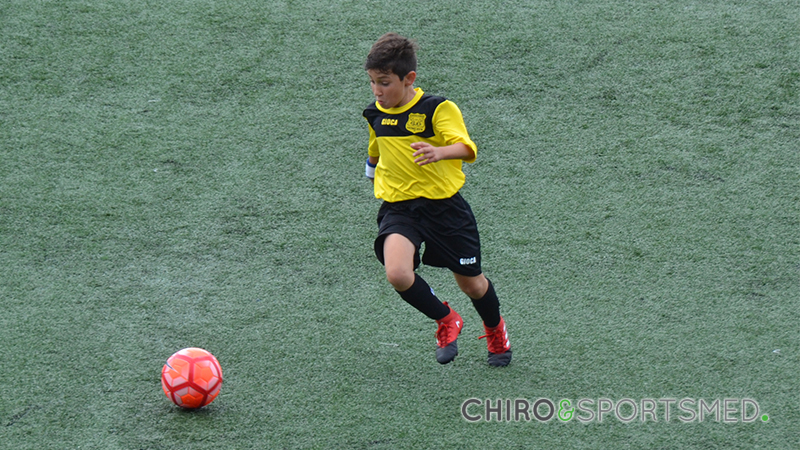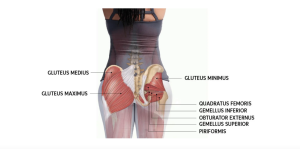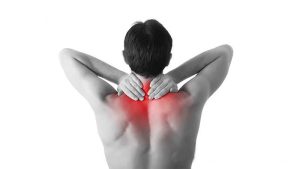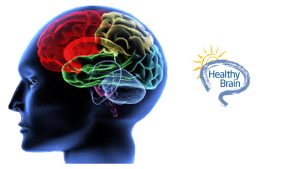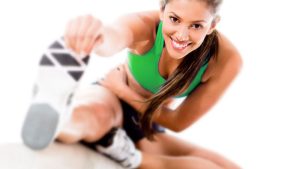What is it?
Osgood-Schlatter’s disease is one of the most common causes of knee pain in adolescents. Swelling, pain, and tenderness can be felt on the shin bone (tibial tuberosity) just below the kneecap. The pain may be mild after activity or in some cases can be severe enough during all activity. It occurs in activities that require jumping, running, squatting, or lifting. It is more common in active boys aged 10 -14, but as more girls participate in sports, this is changing. The pain usually goes away within 12 to 24 months. Most often just one knee is affected and overuse and physical stress can be the cause of it.
Who gets OSD?
Kids are more likely to be vulnerable to OSD because their bones, muscles, and tendons are growing quickly and not always at the same time. It’s caused by repetitive thigh muscle contraction, which causes the patellar (kneecap) tendon to pull on the developing shinbone (tibia) creating inflammation and pain — and typically a visibly swollen bump.
With exercise, differences in size and strength between the muscle groups it places stress on the growth plate. Growth plates are the areas of growing tissue near the ends of the long bones in the legs and arms. It is weaker and more at risk for injury than the rest of the bone. OSD normally occurs after a growth spurt.
Growth spurts can begin any time between the ages of 8 and 13 for girls, and 10 and 15 for boys. Their risk of OSD increases particularly those who play sports involving lots of running, jumping, twisting and sudden changes of direction — such as football, tennis, basketball, gymnastics to name a few. OSD usually goes away when the bones stop growing.
What Are Osgood-Schlatter’s Symptoms
The pain can be felt anywhere from mild to severe and sometimes only during activity.
- One or both knees can have pain.
- Pain when straightening the leg through the knee joint or full squatting
- Pain when running, or going up and downstairs
- The pain eases with rest
- Pain that gets worse with exercise
- Limping after exercise
- Swelling or tenderness under the knee and over the shinbone
- The skin over the tibial tuberosity is red and inflamed
- The tightness of the muscles surrounding the knee (the hamstring and quadriceps muscles)
Treatment for Osgood-Schlatter’s
There are many ways to reduce the pain of OSD and make it more bearable until the condition resolves itself.
Rest and avoid pain-inducing activities – stop playing the sport or doing the activity that is contributing most to the problem.
Apply ice to your knee – Cold therapy should be applied to the inflamed bump (tibial tuberosity) just below your kneecap for 20 minutes every two to three hours for a few days. Then reduce the frequency as the pain and swelling subside.
Use a knee brace or patellar immobilizer – consider using a knee brace to take some stress off your patellar while you are having to walk around.
Try alternative methods – like a leg massage, acupuncture, or Therapeutic ultrasound. Even consider shoe orthotics as it can help support the arch of your foot, align your legs, and promote better biomechanics while standing, walking, running, and jumping. Most importantly it is always best to see a medical therapist first so they can assess the problem and offer the best treatment.
Chiro & Sports Med
Our Chiropractors at Chiro & Sports Med will do a biomechanical assessment of all the joints and the muscles of the lower limb, the spine and pelvic joints. X-rays and/or MRI scans can help to rule out more serious causes in persistent pain.
Chiropractic treatment includes rest and ice until symptoms subside. Manual therapies such as cross friction and PIR stretching may also be used to help aid the problem. Low-level laser therapy is particularly helpful in reducing inflammation and speeding up the recovery. Once the symptoms subside, stretching and strengthening exercises of the quadriceps, hamstring, and calf muscles can be started.
Our chiropractors at Chiro & Sports Med are committed to providing chiropractic solutions to address your unique needs, whether you are experiencing an irritated nerve, bulging disc, back pain, neck pain, knee pain, headaches, or even muscular tightness and tension. You may be searching for pain relief after an accident or experiencing an injury. Our mission is to help reduce or eliminate pain and to prevent future problems and injury. Above all, we are here to improve your quality of life, well-being, and your ability to live an active healthy lifestyle.
If you would like to make an appointment with one of the chiropractors at Chiro & Sports Med simply call our office on 9817 2005 and one of our friendly staff will organise an appointment for you.
